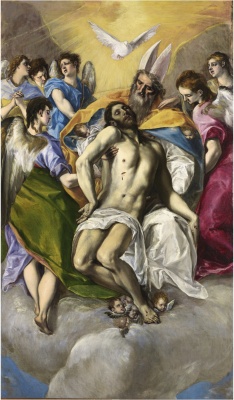Descripción del Artista
English painter. He trained in London at Camberwell School of Art from 1948 to 1951 and from 1951 to 1954 at the Slade School of Fine Art, where he came under the influence of William Coldstream. His early figurative style adapted a form of planar drawing derived from Alberto Giacometti's work of the 1920s and applied it to a Classical structure, derived from Paul Cézanne, with an intensity of colour unrivalled by his teachers of the Euston Road School. Musicians (1953; London, Tate) reinterpreted the Impressionist theme of figures in a landscape by combining directly observed elements with a deliberately contrived backdrop painted on the studio wall.
Uglow was consistently concerned with formal relationships within a self-sufficient system, whatever the subject. He graduated colour according to a tonal scale and used drawing to define three-dimensional form and tactile surfaces. The proportions of the images and of the canvas itself are often mathematically derived, as in the Nude from Twelve Regular Vertical Positions from the Eye (1967; U. Liverpool). There is a strong conceptual element in Uglow's work, with each picture regarded as a specific project with clearly defined aims. The end product unambiguously reveals the history of its making by a prolonged and entirely conscious process of analysis and synthesis, combining objectivity with a private and often quirky passion.

Exposición. 18 feb de 2025 - 15 jun de 2025 / Museo Nacional del Prado / Madrid, España

Formación. 01 oct de 2024 - 04 abr de 2025 / PHotoEspaña / Madrid, España